Project Details:
Location: Hainburg, Austria
Type: Public – Religious Architecture
Architects: COOP HIMMELB(L)AU – www.coop-himmelblau.at
Client: Association „Freunde der Evangelischen Kirche in Hainburg/Donau”, Austria
Site area: 420 m²
Total gross floor area: 289 m²
Start of Planning: 2008
Start of Construction: 08/2010
Architectural Concept
In less than a year a protestant church together with a sanctuary, a church hall and supplementary spaces was built in the centre of the Lower Austrian town Hainburg, at the site of a predecessor church that doesn’t exist anymore since the 17th century.
The shape of the building is derived from that of a huge “table”, with its entire roof construction resting on the legs of the “table” – four steel columns. Another key element is the ceiling of the prayer room: its design language has been developed from the shape of the curved roof of a neighboring Romanesque ossuary – the geometry of this century-old building is translated into a form, in line with the times, via today’s digital instruments.
The play with light and transparency has a special place in this project. The light comes from above: three large winding openings in the roof guide it into the interior. The correlation of the number Three to the concept of Trinity in the Christian theology can be interpreted as a “deliberate coincidence”.
The church interior itself is not only a place of mysticism and quietude – as an antithesis of our rather fast and media-dominated times – but also an open space for the community.
The sanctuary gives access to the glass-covered children’s corner, illuminated by daylight, which accomodates also the baptistery. The actual community hall is situated behind it: folding doors on the entire length of the space between the two main chambers allow for combining them to one continuous spatial sequence. An folded glass façade on the opposite side opens the space towards the street.
A third building element, a longitudinal slab building along a small side alley, flanks both main spaces and comprises the sacristy, the pastor’s office, a small kitchen and other ancillary rooms. A handicapped accessible ramp between the three building components accesses the church garden on higher ground.
The sculptural bell tower at the forecourt constitutes the fourth element of the building ensemble.
Like other projects of COOP HIMMELB(L)AU the roof elements of the church building were assembled in a shipyard. The implementation of the intricate geometries required specific technologies of metal-processing and manufacturing only available in shipbuilding industry. The reference to shipbuilding is at the same time also reminiscent of Le Corbusier who served as an important role model, not least because of his La Tourette monastery.
Technical Description
Due to its shape with three skylights the roof of the Martin Luther Church in Hainburg was designed as a self-supporting steel construction with a stucco ceiling. The structure was assembled in a wharf at the Baltic Sea. The exterior skin is made of 8 mm thick three-dimensionally curved steel plates welded on a frame construction. In turn, this structure of steel plates and frame sits on a girder grid. The compound of grid, frame and steel skin transfers the total load of the roof (23 tons) on four steel columns which are based on the solid concrete walls of the prayer room.
The roof construction was delivered in four separate parts to Hainburg, assembled and welded on site. There, the coating of the whole structure was finished and mounted with a crane in the designated position on the shell construction of the prayer room.
On the interior ceiling the suspended frame structure was covered in several layers of steel fabric and rush matting as carrier layer for the cladding of the stucco ceiling, whose geometry follows the three-dimensionally curved shape of the roof with the skylights.
The free-form bell tower of the Martin Luther Church was also manufactured, by means of shipbuilding technology, as a vertical self-supporting steel structure with wall thickness between 8 and 16 millimeter, only braced by horizontal frames. The 20 meter high tower weighing 8 tons is welded rigidly to a steel element encased in the concrete foundations.
- Martin Luther Church – COOP HIMMELB(L)AU – Austria
- Martin Luther Church – COOP HIMMELB(L)AU – Austria
- Martin Luther Church – COOP HIMMELB(L)AU – Austria
- Martin Luther Church – COOP HIMMELB(L)AU – Austria
- Martin Luther Church – COOP HIMMELB(L)AU – Austria
- Martin Luther Church – COOP HIMMELB(L)AU – Austria
- Martin Luther Church – COOP HIMMELB(L)AU – Austria
- Martin Luther Church – COOP HIMMELB(L)AU – Austria
- Martin Luther Church – COOP HIMMELB(L)AU – Austria


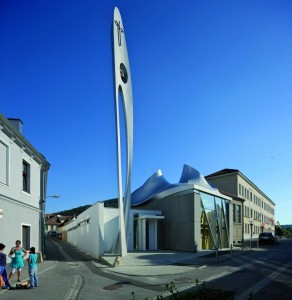

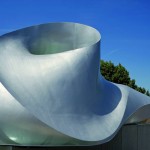
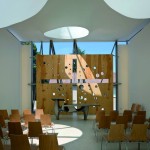
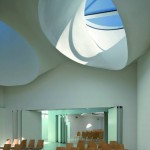
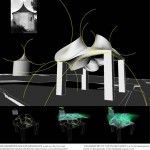
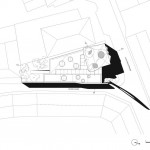
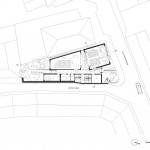
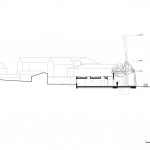




No Comments